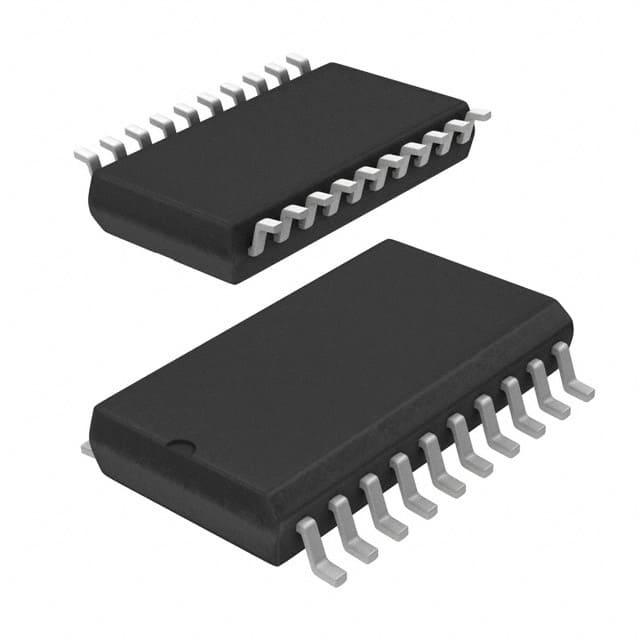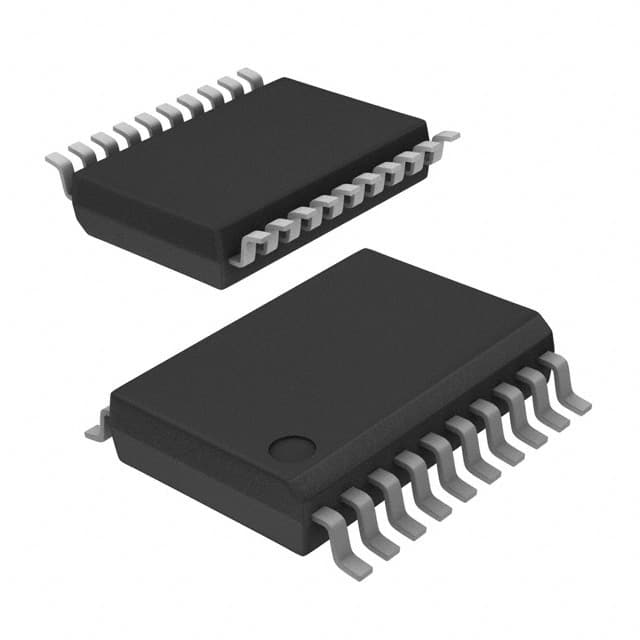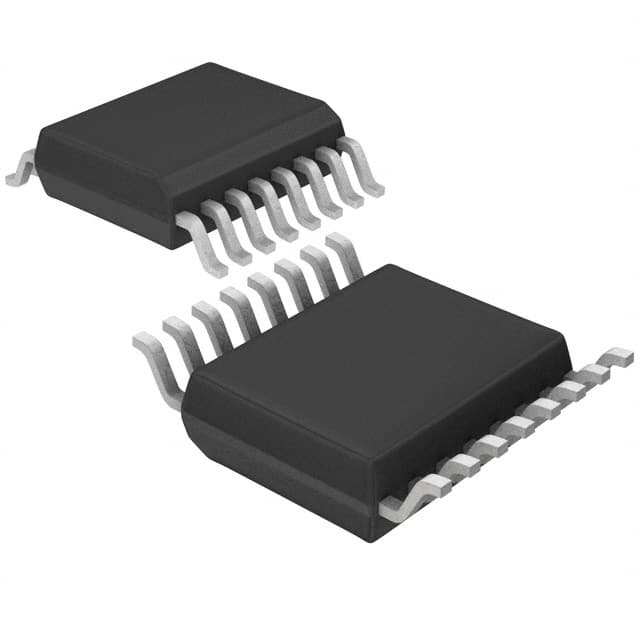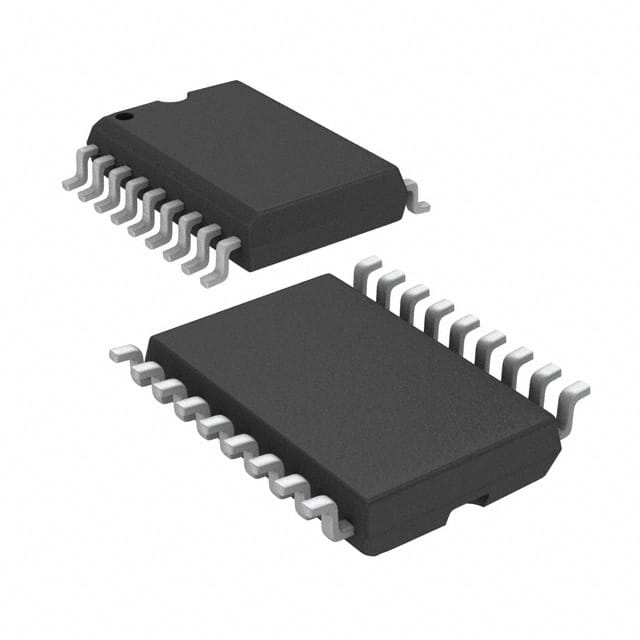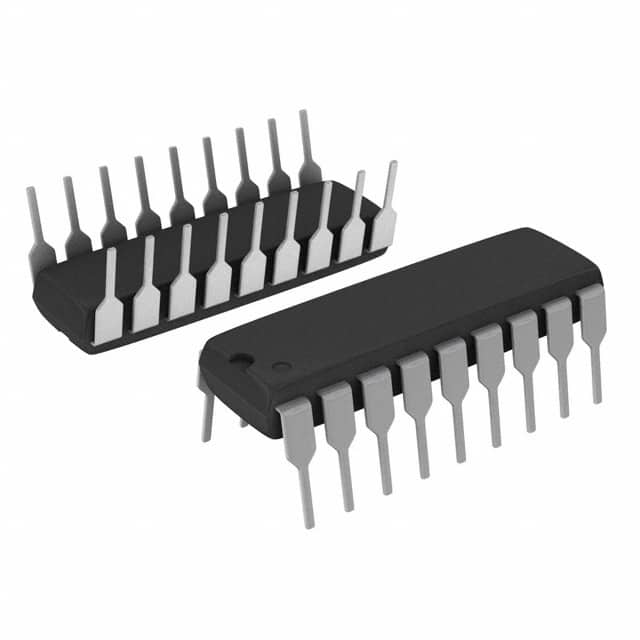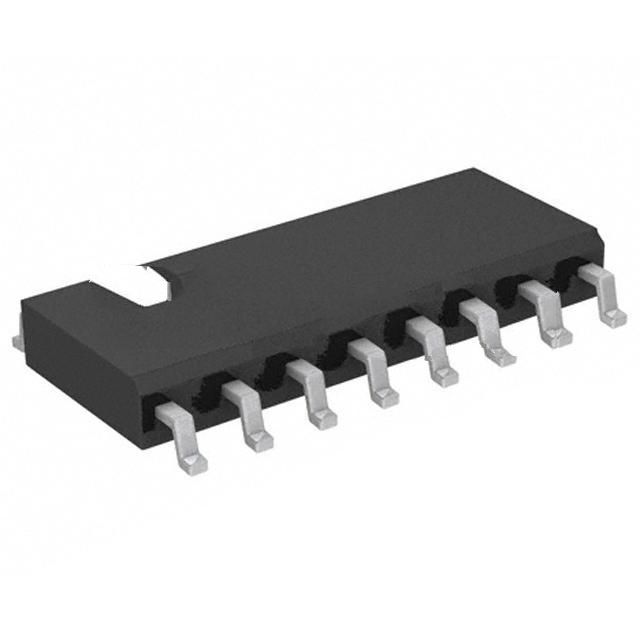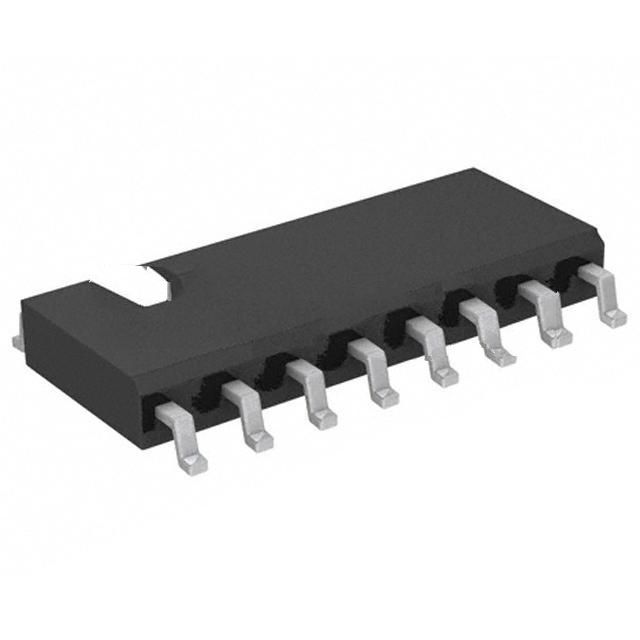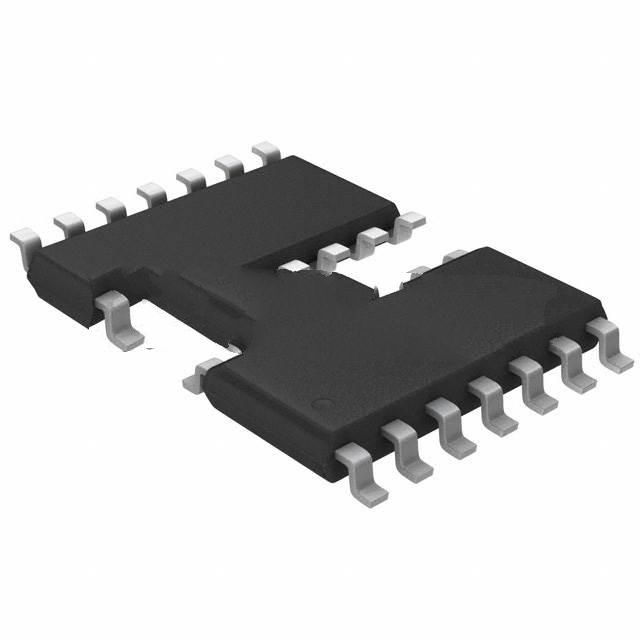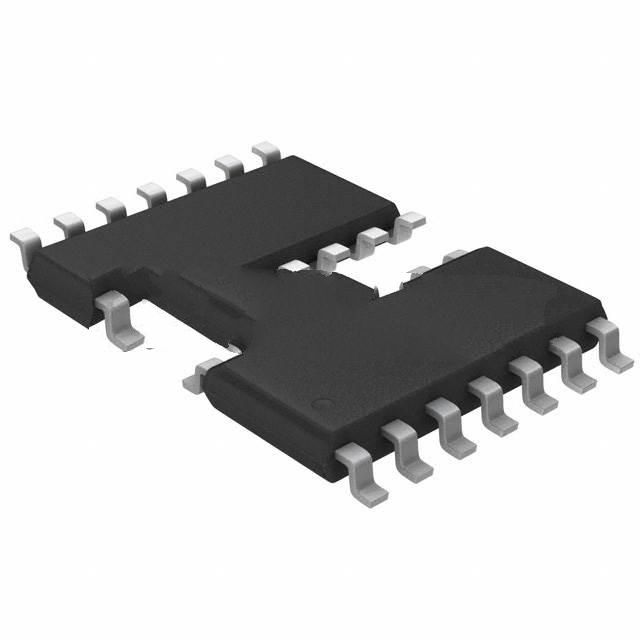74F257ASC Product Introduction:
Fairchild Semiconductor Part Number 74F257ASC(Logic - Signal Switches, Multiplexers, Decoders), developed and manufactured by Fairchild Semiconductor, distributed globally by Jinftry. We distribute various electronic components from world-renowned brands and provide one-stop services, making us a trusted global electronic component distributor.
74F257ASC is one of the part numbers distributed by Jinftry, and you can learn about its specifications/configurations, package/case, Datasheet, and other information here. Electronic components are affected by supply and demand, and prices fluctuate frequently. If you have a demand, please do not hesitate to send us an RFQ or email us immediately sales@jinftry.com Please inquire about the real-time unit price, Data Code, Lead time, payment terms, and any other information you would like to know. We will do our best to provide you with a quotation and reply as soon as possible.
Introducing the Fairchild Semiconductor 74F257ASC, a cutting-edge integrated circuit designed to revolutionize digital data processing. This versatile product boasts a range of features that make it an essential component for various applications.
The 74F257ASC is a quad 2-input multiplexer with 3-state outputs, offering four independent multiplexers in a single package. With its advanced design and high-speed operation, this IC enables seamless data selection and routing, making it ideal for applications requiring efficient data management.
One of the standout features of the 74F257ASC is its 3-state outputs, which allow for easy connection to multiple devices without causing any interference. This feature ensures optimal signal integrity and simplifies system design, making it a preferred choice for complex digital systems.
The 74F257ASC operates at a wide voltage range, from 4.5V to 5.5V, making it compatible with a variety of power supply configurations. Its low power consumption and high noise immunity further enhance its reliability and performance.
This versatile IC finds applications in a wide range of fields, including telecommunications, industrial automation, consumer electronics, and automotive systems. Whether it's data routing in communication networks, signal selection in control systems, or data multiplexing in multimedia devices, the 74F257ASC delivers exceptional performance and reliability.
In summary, the Fairchild Semiconductor 74F257ASC is a powerful and versatile integrated circuit that offers high-speed data selection, 3-state outputs, and wide voltage compatibility. With its exceptional features and broad application fields, this IC is a game-changer in the world of digital data processing.
Signal Switches, Multiplexers, Decoders are all logic electronic devices that act on signal control and transmission. The signal switch usually consists of an input port, a control port and an output port, and the design principle is based on the switching characteristics of transistors or Fets. When the control signal meets certain conditions, the signal switch allows the signal to be transferred from the input port to the output port; Otherwise, the signal transmission is blocked. A multiplexer is an integrated circuit that can select and output one of multiple input signals onto a single output line. The multiplexer contains a selection control input and multiple data inputs, as well as an output. The design principle is based on a combination of logic gate circuits, which determines which data input is selected and transmitted to the output by selecting different states of the control input. A decoder is an electronic device that converts an encoded input signal into a set of output signals, each of which corresponds to a specific state of the input signal. The decoder usually consists of an input port, multiple output ports, and (optionally) an enable port. Design principle, the decoder contains a series of logic gate circuits, through the combination of logic to achieve the input to output mapping relationship.
Application
Signal Switches, Multiplexers, Decoders all play a key role in a variety of electronic devices. In the communication system, the signal switch is used to realize the switching and routing of the signal to ensure the correct transmission of the signal. In the field of automation control, signal switches are used to control the start, stop and state transition of equipment. Multiplexers are widely used in the field of communication and data transmission, such as Time division multiplexing (TDM) and frequency division multiplexing (FDM) systems. Multiplexers can combine multiple low-speed signals into one high-speed signal for transmission, improving channel utilization. In addition, the multiplexer is also widely used in computer bus, network interface card (NIC) and other occasions to achieve effective data transmission and distribution. Decoders play an important role in computer systems and embedded systems. In the computer, the decoder is used to convert the address signal sent by the CPU into the control signal of the corresponding storage unit or peripheral to realize the read and write operation of data. In embedded systems, decoders are used for address decoding, function selection, etc., to ensure that the system can correctly execute instructions and respond to external events. In addition, the decoder is also widely used in digital display, LED driver and other occasions to achieve signal to display conversion.
FAQ about Logic - Signal Switches, Multiplexers, Decoders
-
1. What is the difference between power switches and signal switches?
The difference between power switches and signal switches is mainly the energy level they handle. Power switches are designed to carry larger currents and powers, and are usually used to directly control power supplies; while signal switches handle smaller currents and are mainly used to control logic levels or routing of small signals.
-
2. What is the use of a decoder?
The role of a decoder is to restore the encoded data to the original information or trigger the corresponding function based on the input code. For example, a BCD to 7-segment decoder is a common decoder used to convert binary coded decimal numbers into signals that drive a seven-segment display.
-
3. What are some examples of decoders?
BCD to 7-segment decoder
Binary to Octal Decoder
Address Decoder in memory systems
 Lead free / RoHS Compliant
Lead free / RoHS Compliant











